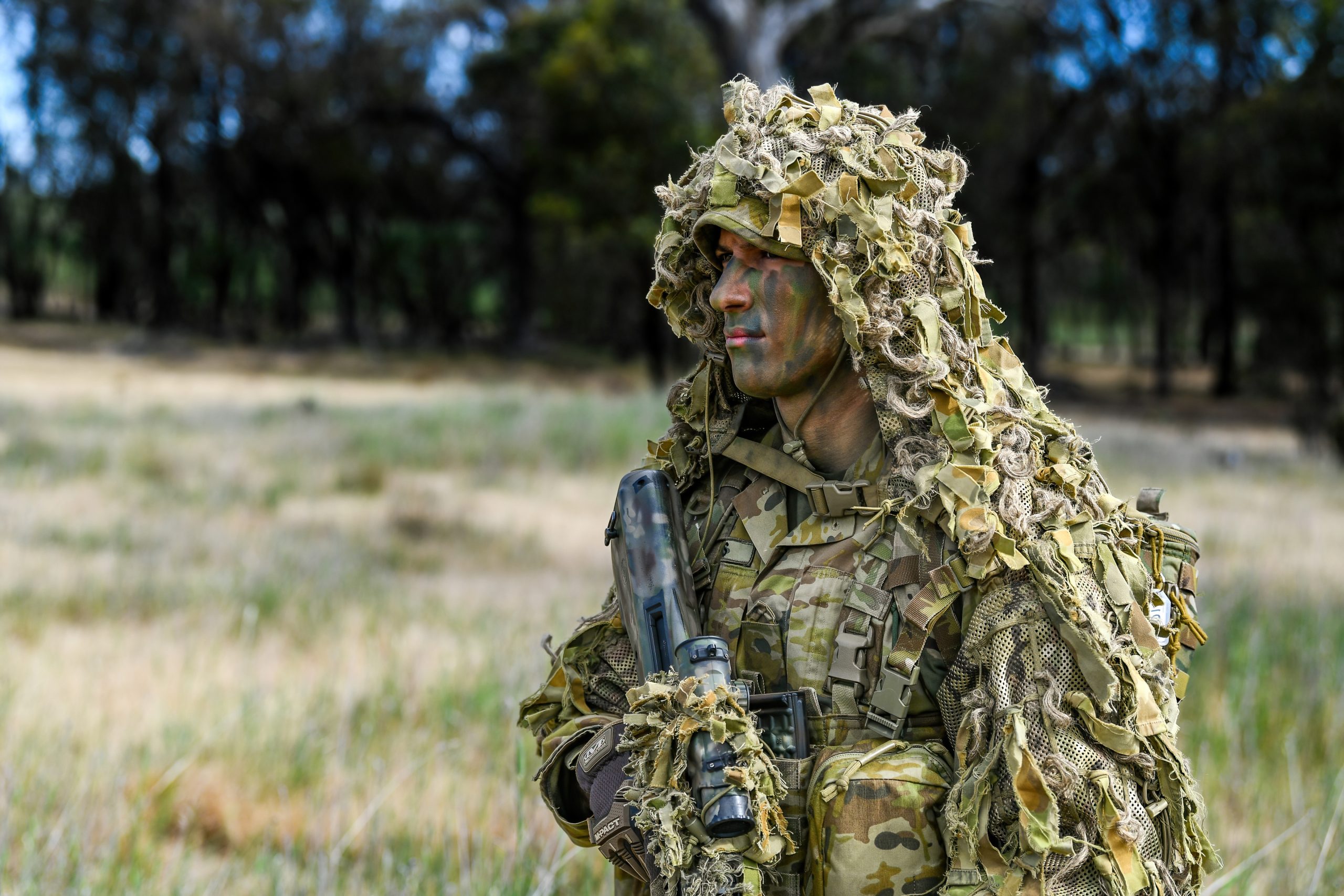
We can do much more with the reserves.
The Australian Defence Force reserves are an underutilised resource with great potential to contribute to Australian security.
The 2023 Defence Strategic Review (DSR) warned that Australia is experiencing its most challenging circumstances in decades, while the ADF rapidly works to adapt to new technology and iterations of combined arms. Leveraging the civilian skill sets, education and experience of reserves across all services will allow Australia to take full advantage of existing capability that might not be available in full-time military service.
This evolution could take place over three broad areas of contribution: combat, specialist roles and domestic support.
Combat capability
Research has found a lower expectation of and bias against Australian reservists as opposed to full-time ADF members, potentially leading to inconsistent standards of training and combat effectiveness. Australia may be in a similar predicament to that found by a review by Britain into its own reserve forces, who were used neither effectively nor cost-efficiently in a failure to capitalise on their potential. The Australian Army’s reserve forces have been underutilised in combat roles in recent conflicts in Afghanistan and the Middle East, in contrast to the US’s leveraging of reserve capability. More than 1 million US National Guard members have been deployed to combat theatres since 2001, and members have recently been used in drone operations and intelligence analysis during the war in Ukraine.
There’s an opportunity for ADF reservists to become more widely used in combat roles either in complementing regular ADF capability or as reserve units deployed to combat and peacekeeping operations. This can be achieved through standardised training curriculums, higher expectations of reserve skill and capability, and increasing combat specialisation.
For example, army reserve units in certain locations can specialise their training to provide combat capability in particular arenas or unique skill sets, such as littoral warfare or autonomous platforms. Reserves’ use of HIMARS has been recently suggested, while civilian drone operators have begun working for military contractors in the Middle East. A precedent for reserve deployment and specialist training exists within Rifle Company Butterworth, which has seen army reservists complete jungle and urban combat training in Malaysia and Singapore, as well as supporting regional contingency operations and relationship building with military partners. Similar opportunities exist in the Royal Australian Air Force and the Royal Australian Navy to operate autonomous systems or support aerial surveillance and maritime patrols through the Pacific Maritime Security Program.
These evolutions in capability can be facilitated through changes to recruitment and the role of reservists as part of a refined total workforce model. Certain demographics can be further targeted through tri-service initiatives mimicking the Ready Reserve Scheme or current accelerated training programs.
Specialised skill sets
The ADF is seeking to exploit new technologies to maintain asymmetric advantage in an advancing technological era. The Army is looking to implement capabilities such as artificial intelligence, biotechnology and autonomous systems, as outlined in its Robotic and Autonomous Systems Strategy and 2020 Accelerated Warfare Statement. The air force has added to a focus on air power to ensure Australian access to and capability within the space domain through the use of cutting-edge technologies. Pillar 2 of AUKUS will further technological capability within the navy through the use of quantum computing, artificial intelligence and machine learning to address threats in the maritime domain. The navy is also expanding its domain further from Australia’s shores through the planned nuclear-powered submarine capability, while the army’s structure has been reformed towards Australia’s north and shifted towards littoral and long-range strike potential. The chief defence scientist has emphasised the need to get advances in technology into the hands of personnel as fast as possible. Specialist reservists could assist.
Reserves have deployed to Australian operations in Iraq and Afghanistan as specialist, such as nurses and lawyers; those deployable roles could expand to focus on new technologies and war-fighting domains, such as space and cyber. In these evolving areas of combined arms, there’s potential for reservists to gain experiences and education exceeding those of the regular ADF, in areas such as academic research, policy development, linguistics and the use of future technologies. Research has shown that reservists have unique professional and life experiences, skills and abilities compared to full-time service members, and that capability is ripe for leveraging to bolster Australia’s security.
Civilians with particular skill sets can be recruited to meet the ADF’s needs through specialist classifications or officer roles not requiring full-time service or leadership taskings, taking an approach similar to the one recommended to the Australian Public Service in competing with the private sector for unique skill sets. In meeting the challenges of the future, the ADF will have a particular need for expertise in areas such as artificial intelligence, cybertechnology and quantum computing and will compete with other employers for those skills.
Domestic service
The final area in which reserves can contribute to ADF capability is domestic support. The DSR outlined how enhanced domestic security and response capability will be required from the army reserves, but, with increasing tri-service numbers and training, reservists rather than their full-time counterparts could take primary responsibility for the domestic response to natural disasters and crises. That shift would allow the full-time ADF further capacity to focus on war-fighting training and conflict response and could be achieved through improved reserve training and unit specialisation in supporting domains. That could include training in disaster preparedness, firefighting and infrastructure defence.

